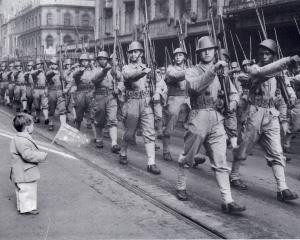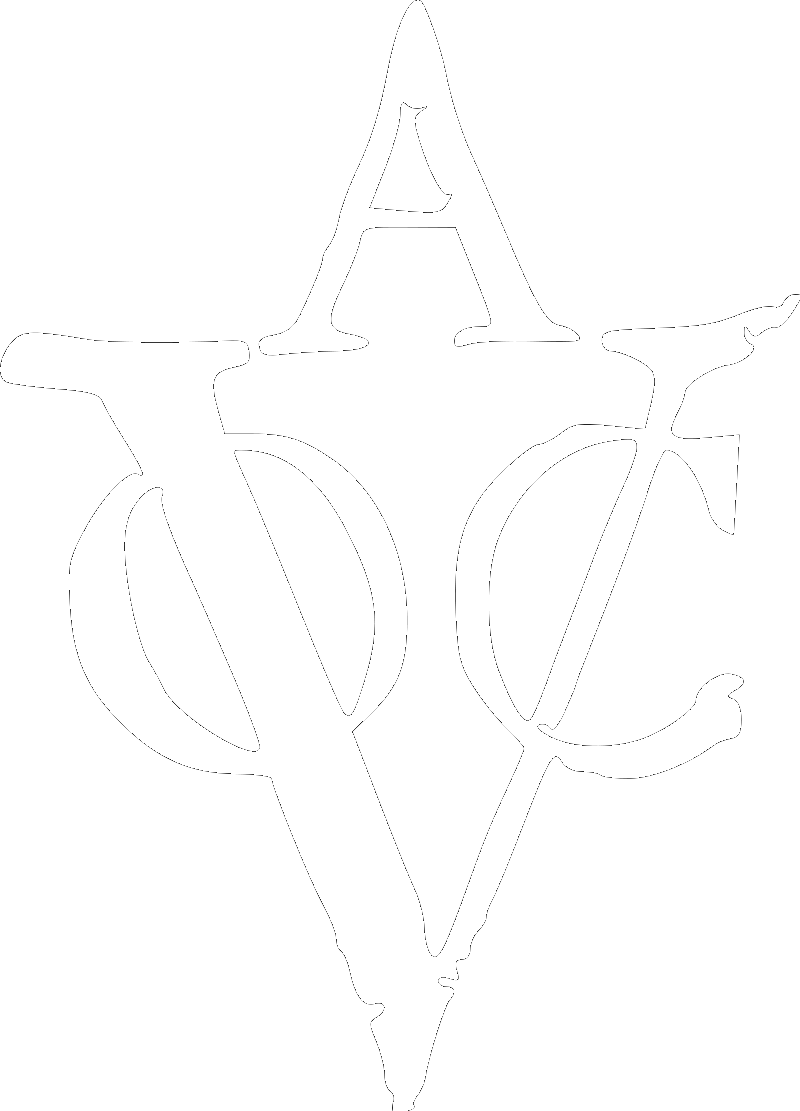
The Pacific War
Dutch military history in Australia begins with the outbreak of WWII in the Pacific, which provoked the American British Dutch Australian Alliance, forged in defence of the region. It ties the Nethelands, the NEI and Australia to experiences of invasion, capitulation, occupation, evacuation, revolution, rehabilitation, repatriation and decolonisation. The arrival, of HMNS Tromp at Fremantle port after the disastrous Java Sea Battle, invasion of Broome and fall of the Dutch East Indies marked the beginning of three and a half years of allied military defence. Three Dutch submarines, one minesweeper, one cruiser and three auxiliary minesweepers berthed in Fremantle in March 1942. More warships followed. NEI evacuees selected to continue the war effort from Australia were billeted with local families around Fremantle and the metropolitan area and also in eastern states cities including Canberra. Batchelor, in the Northern territory was the airbase for missions into the NEI. The Dutch military took over the American administration a on the University of Western Australia (UWA) campus included the Coca Cola social club where many Dutch servicemen met their future Australian wives. Various private schools in the Western suburbs also had Dutch boarders who didn’t see their interned families for three and a half years. In 1945 the Cloisters was converted to the Dutch club for evacuees and the headquarters for NIWOE (Netherlands Indies Welfare Organisation Evacuees) Pinjarra Faibridge was used to rehabilitate Dutch children from Japanese internment camps. In 1945, a second consignment of evacuees came to WA. This time for rehabilitation from Japanese POW and internee camps and the Indonesian revolution. They too were billeted around WA in hotels, hostels, private homes, the Cloisters (NIWOE) and Westminster Hospital in Adelaide Tce. The older children were taught at the Dutch School in Burt Hall, St Georges Cathedral and many of the younger and more unruly older ones at Fairbridge Farm School Pinjarra. Most Dutch evacuees were repatriated to The Netherlands in 1946. A number of them have been back in recent years to see these places that changed their lives forever. Postwar migration began on the heels of their return.





















